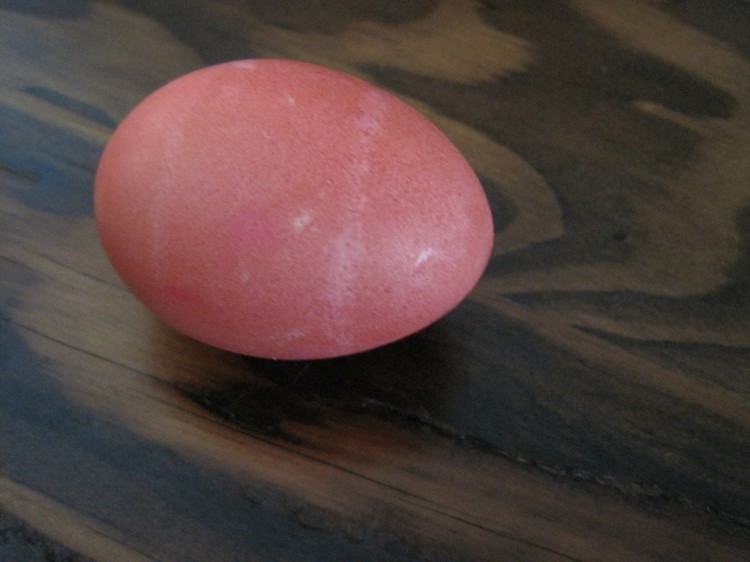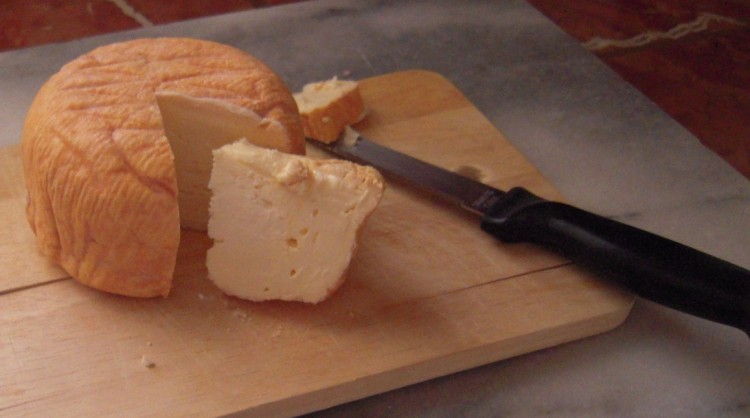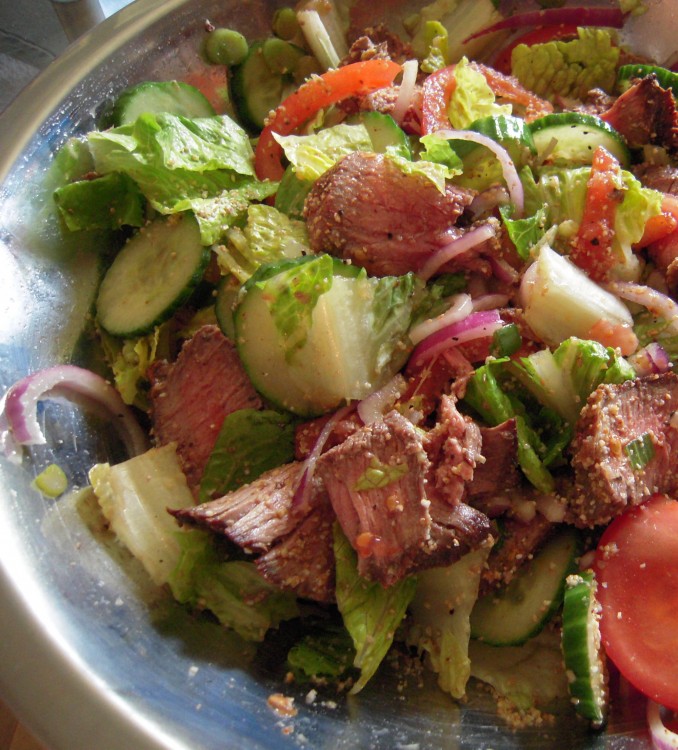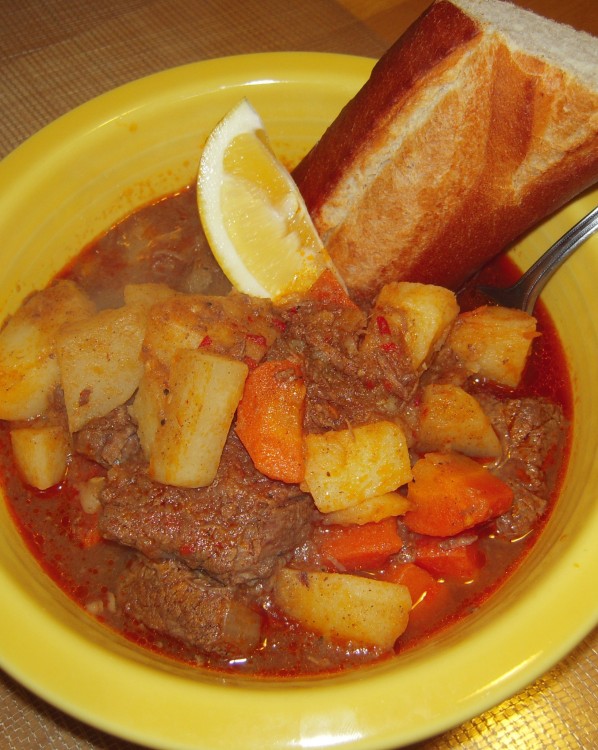
Bo kho – Vietnamese beef stew. So good!
One of my favorite Vietnamese dishes is thit bo kho, or beef stew. You often see it on menus as ‘beef stew noodle soup,’ and it comes in a big bowl with rice or egg noodles. In Southern Vietnam it’s eaten with French bread instead of noodles. Doesn’t matter – it’s all good.
The recipe that follows is from my friend and cooking school mate, Phu Nguy, who translated it for me recently, and talked me through its nuances. Currently a chef at a fancy Japanese place in San Francisco, he’s been a wonderful sushi resource, but this soup is pure heart. When it comes down to it, we are the food we grew up with, and it’s clear that Phu has been down with thit bo kho for some time now.
The broth of this stew/soup is fragrant, red, rich and complex, and the big pieces of beef and potato translate to comfort food no matter where you’re from. There is something a little different about it, though.
There is star anise here. Even if you are not a big fan of its licorice-like flavor, try this stew anyway because it really works here. There’s anise in Chinese-style BBQ duck, and you like that, don’t you?
There’s lots of prep, but resign yourself to it. Turn on the radio and enjoy it. Please use real, fresh ingredients, like actual lemongrass stalks, bulb garlic and fresh ginger. Make sure your dried spices haven’t lived in your kitchen since 1990. Asian cuisine relies on bright, fresh flavors, and your dishes will really shine if you make the extra effort.
Here are a couple of tips to help with the recipe:
1) Chopping lemongrass is a bit of a pain, but you can do this in a small food processor if you’re in that much of a hurry. Take off all the outer leaves until you are left with the tender part inside. Cut the top half off and use the bottom half.
2) The curry powder called for is basic curry powder – nothing fancy.
3) Buy whole star anise. It’s best to get this loose at places like Whole Foods so you can buy a small quantity at a time.
4) A daikon is a huge white radish, and any Asian market will have them. Check out the daikon in this photo:
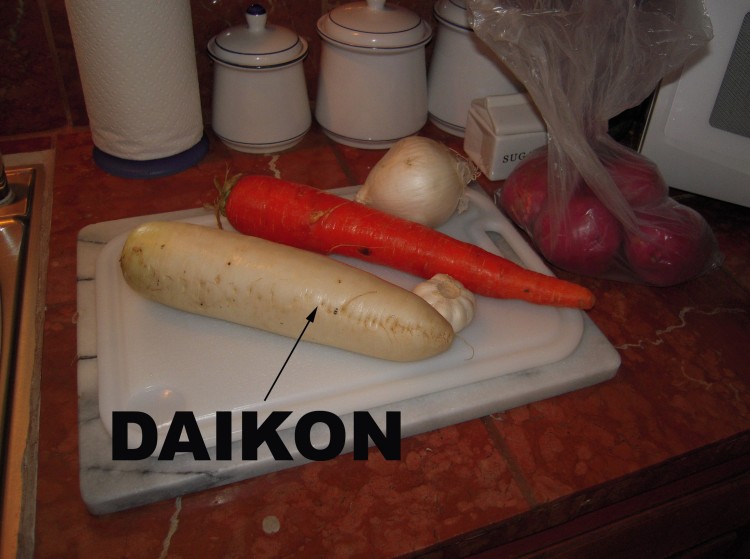
5) Do not upgrade the meat requirement. You need a tough, flavorful cut that requires long, moist cooking.
6). Use potatoes of the waxy variety that will hold their shape, i.e., red.
7). Seriously consider the tendon option (see ** below). If you like pork belly you should try it. Tendon has the mouth-feel of fat but contains very little, and texture-wise is something like firm gelatin. It picks up the flavors of what it’s cooked with, in this case the rich broth of the stew.
8). When I want to super-enrich the broth and/or I have extra people to feed, I add more beef, but only 1-1/2 extra cups of water per extra pound of meat.
I hope you try this. You won’t believe how good the broth is, so make sure you have extra baguettes on hand. Be sure to check out the photos at the end of the post.
* * * * * *
Vietnamese Beef Stew –Bo kho
Serves 6
Ingredients
Beef chuck or bottom round – 2 lbs (cut into 2-inch cubes) */**
Canola or vegetable oil – 3 tablespoons
Fresh lemon grass – 2 stalks (discard the leaf; use the bottom half and finely chop)
Fresh red chili peppers – 2, seeded and minced
Brown sugar – 2 teaspoons
Fresh ginger root – 2 tablespoons, grated
Ground cinnamon – 2 teaspoons
Curry powder – 2 teaspoons
Freshly ground black pepper – to taste
Fish sauce – 3 tablespoons
White onion – 1, medium dice
Garlic – 4-6 cloves, minced
Tomato paste – 1/3 cup
Star anise – 4 whole
Salt – 2 teaspoons
Carrot – 2 medium, cut into medium-sized cubes
Red potatoes – 4 of average size, peeled, cut into medium cubes
Daikon (Japanese or Korean) – 1 peeled, and cut into medium cubes
Baguette – 1 whole, warmed in oven for a few minutes before serving
Lemon wedges
Procedure
Marinate the beef in a mix of the lemon grass, chilies, sugar, ginger, cinnamon, curry powder, fish sauce and black pepper in a bowl. Mix well and let stand for 45 mins.
Beef process
In a heavy Dutch oven, heat the oil until quite hot. Sauté the onion and garlic for a minute and do not allow to burn. Add tomato paste and stir-fry for 1 ½ mins. Add the beef and let it fry on all sides for a few minutes — until it gets a little color. Add the star anise, 1 teaspoon of the salt and 4 ¼ cups of water. Bring to a boil and then lower the heat and allow to simmer for 1 hour and 45 mins. Skim foam from the top occasionally.
Vegetable process
Add the carrot and cook for 10 mins. Add potatoes and cook for 10 mins. Finally, add the daikon and cook for 10 mins. (In total, this stew simmers for 2 hours and 15 mins.)
Check the beef for tenderness.
Serve in deep bowls with bread (dip it into the stew) and with salt, pepper and lemon wedges on the side.
*For more flavor: add extra beef.
**To make it authentically Vietnamese: add beef tendon. If you want to do this, cut tendon into pieces about 2-inches long and then boil in plain water for a good two hours before you make this soup. Then add it with the beef. If you boil the tendon until it is quite soft, then you can add it to the soup with the carrots. Tendon is all connective tissue, and takes a long time to become soft.
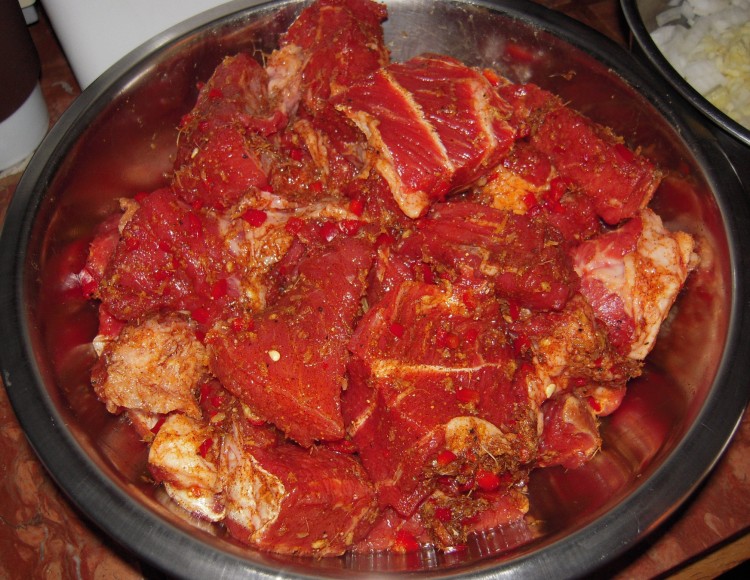
Beef cubes in marinade for bo kho
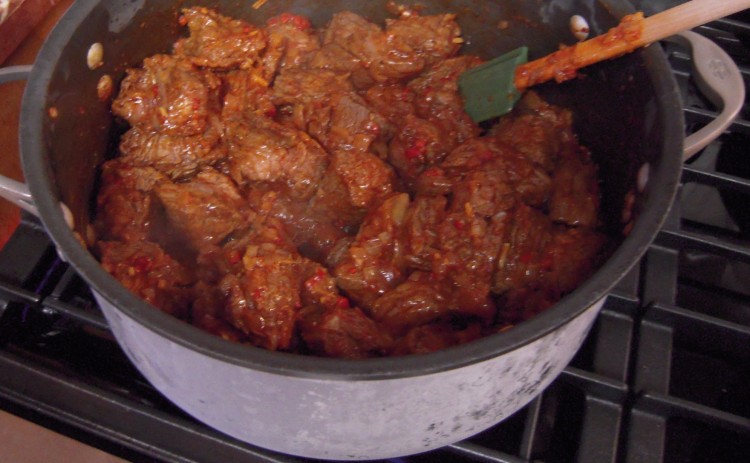
Frying meat and seasonings for bo kho
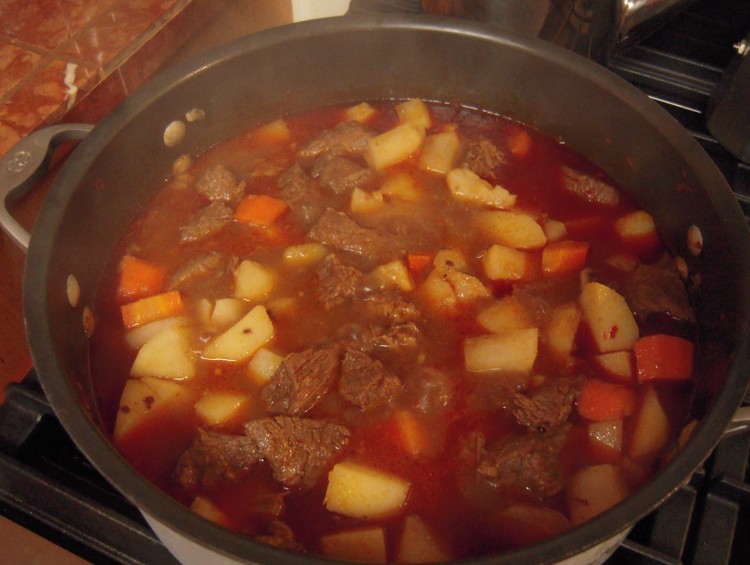
Adding veggies to bo kho


